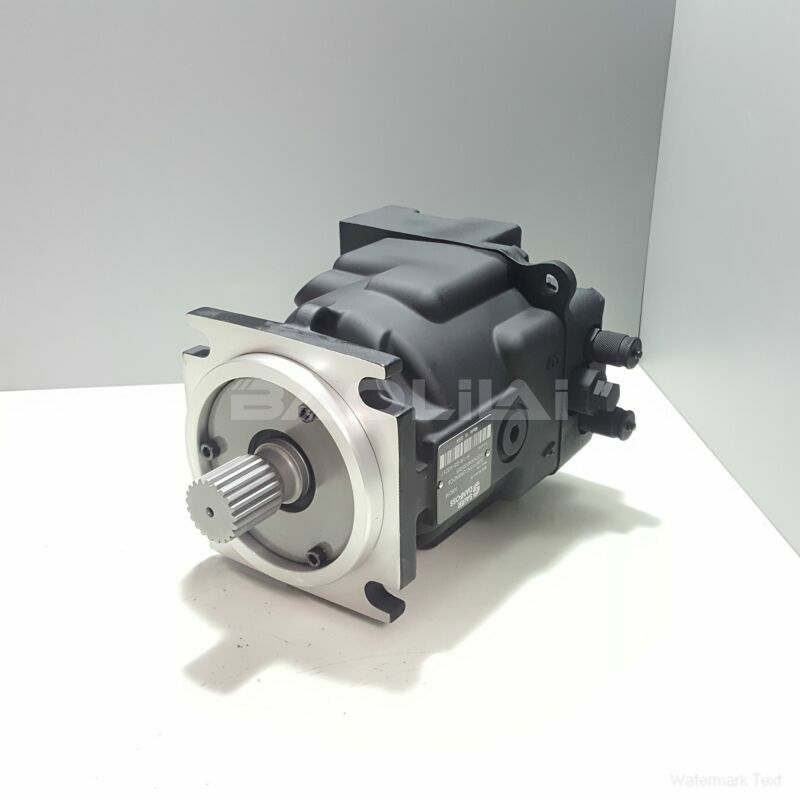90M055NC0N7N0K1W00EAA0000F0 piston motor
90M055NC0N7N0K1W00EAA0000F0 piston motor

- Product Details
- Applicable Scene
In the quest for greater efficiency and reliability in high voltage motors, the development of new materials has emerged as a key focus area for researchers and manufacturers alike. As industries continue to push the boundaries of technology and demand more from their electrical systems, the need for materials that can withstand higher temperatures, improve conductivity, and enhance magnetic properties has never been more critical. This article explores some of the latest material innovations that are reshaping the landscape of high voltage motor performance.
90-M-055-NC-0-N-7-N-0-K1-W-00-EAA-00-00-F0
90M055NC0N7N0K1W00EAA0000F0
One of the most promising advancements in materials science is the introduction of high-temperature superconductors (HTS). These materials exhibit zero electrical resistance when cooled below certain temperatures, allowing for significantly enhanced power density and efficiency compared to conventional copper windings. HTS can operate at much higher currents, which translates to reduced energy losses and improved overall performance in high voltage motors. As cooling technologies improve, the practical application of HTS in commercial motors is becoming increasingly viable, paving the way for more compact and efficient motor designs.

83022567
Another area of focus is the development of advanced insulation materials. High voltage motors operate under extreme conditions, and traditional insulation often struggles to maintain performance as temperatures and voltages rise. New polymer composites and ceramic materials are being engineered to withstand higher thermal stress and electrical breakdown, thus improving safety and longevity. These materials not only enhance insulation resistance but also offer increased mechanical strength, which is essential for durability in demanding industrial environments.
Magnets are also central to the performance of high voltage motors, particularly in brushless designs. The evolution of permanent magnet materials, such as rare-earth magnets, has provided significant improvements in magnetic flux density, thereby enhancing torque and overall efficiency. However, the volatility of rare-earth supply chains poses challenges. This has prompted research into alternative magnetic materials, including iron-nitride-based compounds, which could potentially offer sustainable solutions without compromising performance.





